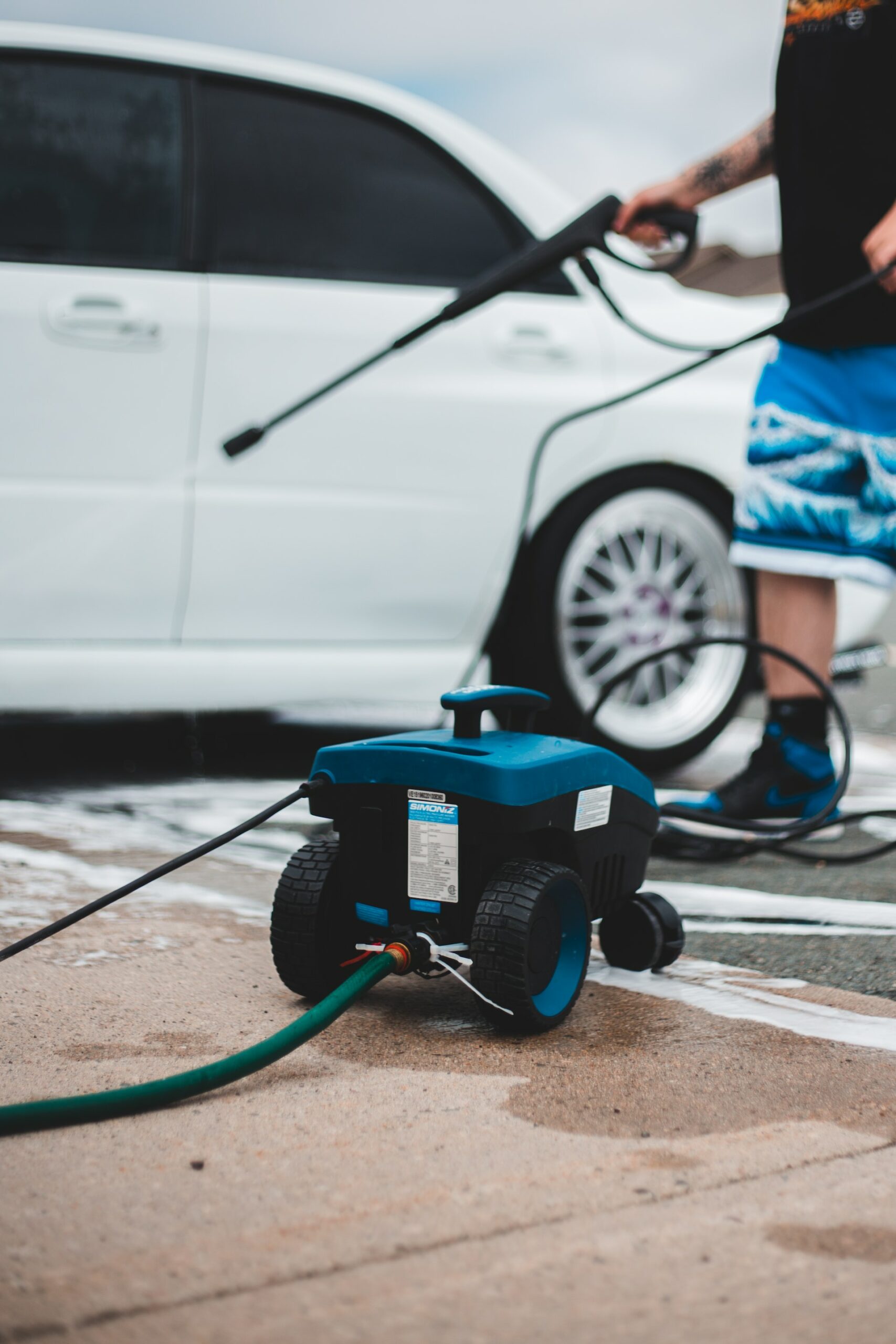When removing rust from the source, you can end up with rust stains on you, your clothes, and other surfaces.
Since you’re here, chances are you’re dealing with some unsightly rust stains. While rust stains are notoriously difficult to remove, don’t give up! There are a few methods beyond the washing machine that you can try before throwing in the proverbial towel.
The Do’s and Don’ts of Rust Removal
Rust can be a formidable foe to remove whether it is on metal, clothes, fabric, or any other kind of material. However, there are a few steps you can make that will stop the rust from reaching anything else you don’t want to be stained.
When it comes to cleaning, PPE, or personal protective equipment, is a must. The equipment varies based on the project at hand, but for something like removing stains, there are a few options. Gloves prevent the rust from getting on your hand, while glasses or visors prevent any chemicals from hitting your eyes. You might also want to consider wearing clothes you don’t mind throwing away or having stains on. That way you aren’t stuck in a vicious cycle of cleaning.
Rust has a hard time letting go of most fabric, but there are actually a few ways you can set it in permanently if you are not careful. When the fabric gets dirty, most people rush for the washer and dryer, but this can actually be their biggest mistake yet. If you use chlorine bleach in the wash, that rust stain will never come out. The high heat of a dryer will also set the stain, bonding it to the fabric, making it impossible to remove.
Home-Based Remedies
Using materials found around the house, you can create a couple of recipes that should help remove stains from clothes, fabric, and other surfaces. For a natural and non-toxic treatment, try salt and lemon juice. Start by sprinkling the salt on the stain and squeezing some lemon juice on top of it. After that, leave it in the sun to dry for a few hours or more. This method is safe on white or lightly-colored fabrics but can cause bleaching on darker-colored fabrics. Test this method in an inconspicuous area first before you try it for real.
Another method entails a teaspoon of baking soda, a teaspoon of cream tartar, and a few drops of hydrogen peroxide. The result should be a paste that can be applied directly to the stain. Once left for thirty minutes, wash the area and look for any results before trying again or trying a different option.
For upholstery, begin by removing as much rust as possible without spreading it any further. Then, get a bowl with approximately two cups of warm water, and then add two tablespoons of dishwashing liquid, and one tablespoon of household ammonia. Dip a clean cloth in the solution and saturate the area without using too much. Then use a clean area of the cloth and blot the spot. As the rust is transferred to the cloth, use another area so as not to spread the stain.
Our last remedy involves more salt and white vinegar. If it’s a fabric or small object covered in rust, soak it in a bowl of this stuff for 24 hours. Afterward, rinse and dry it off. If the object is much larger, apply vinegar directly to the affected area before sprinkling some salt over it. For fabric, let it soak for a few hours before rinsing, but other objects should be scrubbed until the rust is removed.
Store-Bought Solutions
If all else fails, there are all kinds of companies and brands with rust-removing cleaners. Compared to the previous methods, this one is particularly toxic and should be used with care. It is important to find a chemical that works for your situation.
Once you find one that works, carefully read the label to know how it should be applied and used. It typically involves applying the chemical to the area, letting it sit for a short period of time, and scrubbing or rinsing the spot until the rust is gone.


